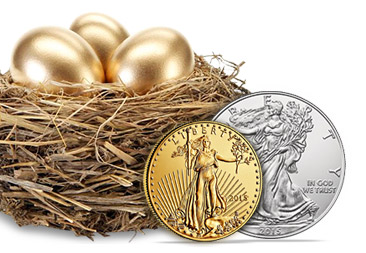
Trump, Negative Interest Rates, Gold and Silver
At the Davos conference of world leaders last week, Donald Trump bemoaned that the United States was at a disadvantage. ” We compete with nations that are getting negative rates, something very new meaning they get paid to borrow money, something I could get very used to.”
Trump’s comments indicate how commonplace and accepted negative interest rates have become. Indeed, in 2019 nearly 1/3 of global debt was negative yielding.
An oft cited argument against gold and silver has been that they don’t pay interest and that your ultimate return is based solely on price appreciation. Today, that argument holds less weight as a common alternative to holding precious metals is holding bonds which in some cases, not only don’t pay interest but in many cases charge interest. Holding cash in bank savings and checking accounts often leads to effective negative interest rates as monthly fees and no interest payment could mean an erosion of principal over time.
In addition, to the lack of interest paid on bank accounts and bonds is the issue of inflation. Inflation in the U.S. is officially hovering around 2%, which means that in order to retain purchasing power, bonds or bank accounts would have to pay at least 2% net or fees and expenses.
Silver, and especially gold, have historically been considered hedges against inflation as fiat currencies have no limit to their issuance, while the gold and silver supplies are limited to available above ground stocks and current mining production. As a result of this dynamic, since 2005, gold has out performed the dollar, the best performing fiat currency, for 12 of the past 16 years and often by a wide margin, with an average of nearly 10% annually.
Silver’s gains vs the dollar on an annual basis have been less consistent than gold’s turning in a positive performance only 9 of the past sixteen year. Silver, however, has posted the largest one year gains vs gold rising 47%, 48% and 83% in 2006, 2009 and 2010, respectively and has averaged a 10.2% average annual gain since 2005.
Gold’s performance vs. other fiat currencies has been even more impressive than its gains vs. the dollar. For example, since 2005, the British Pound and Indian Rupee exceeded the value of gold in only two years, 2013 and 2015.
With negative interest rates becoming the norm and the President of the United States advocating for them, it may be reasonable to expect the surge of gold and silver prices, that began in the summer of 2019 in reaction to the Fed changing course on interest rates, to continue.
This article by BGASC is not, and should not be regarded as, investment advice or as a recommendation regarding any particular course of action.
